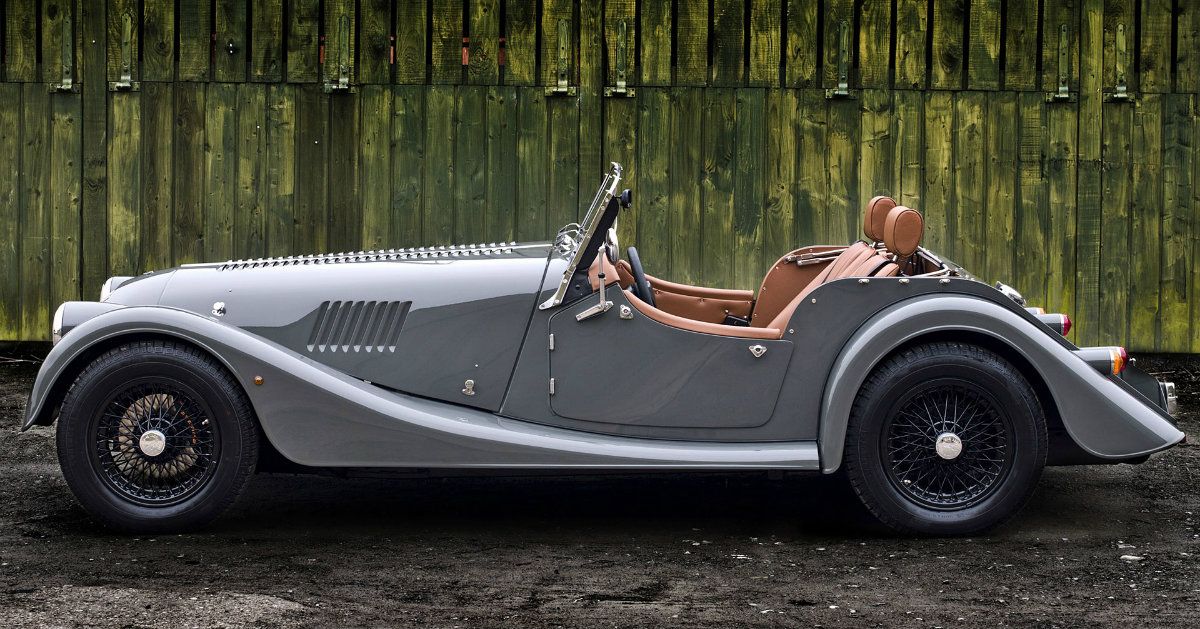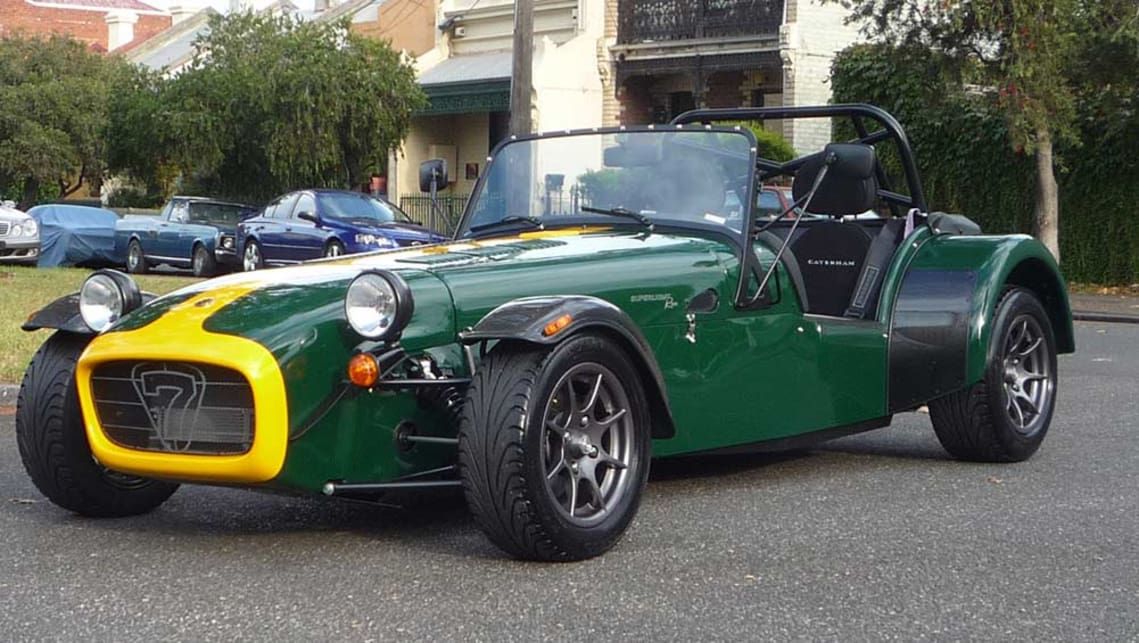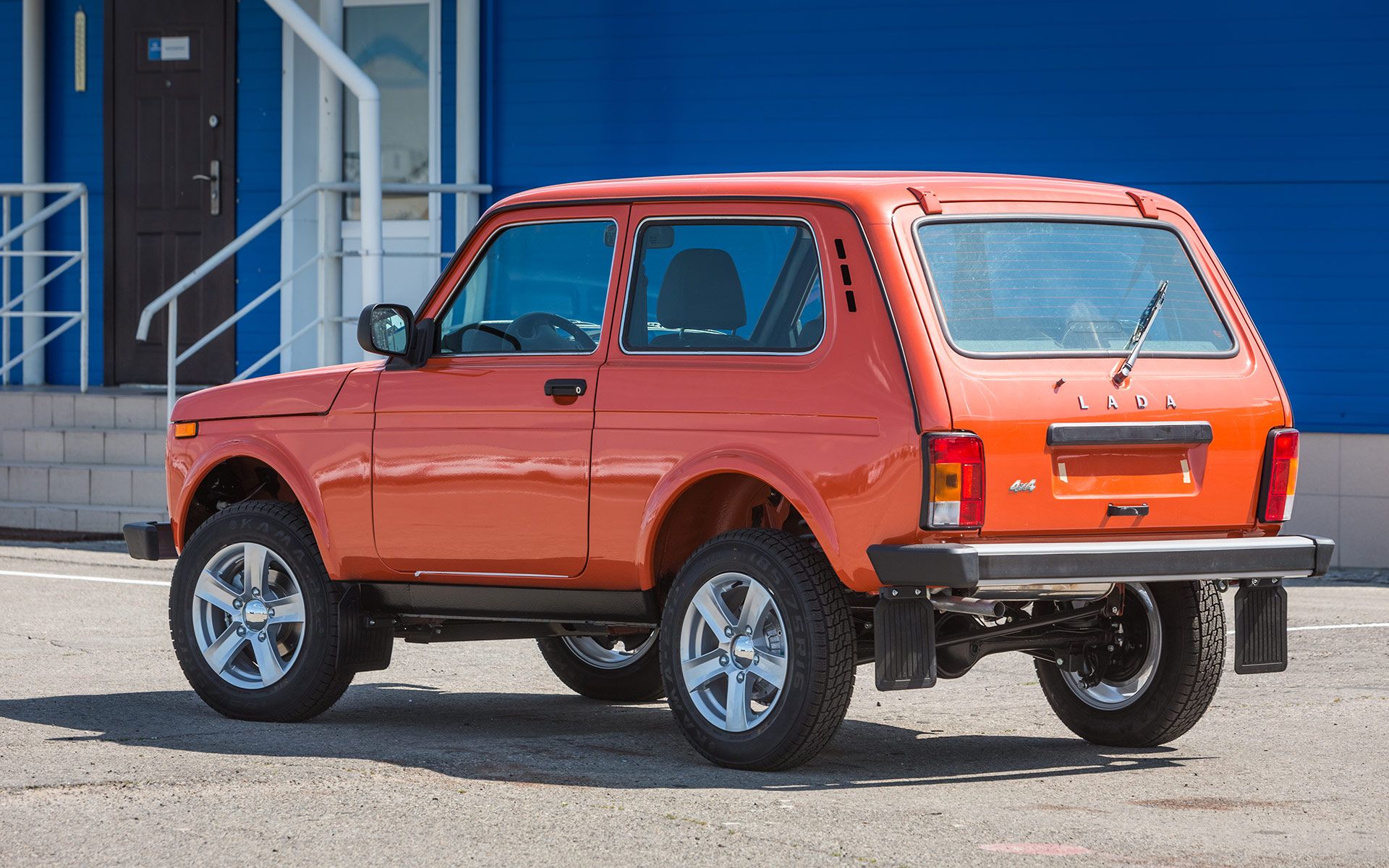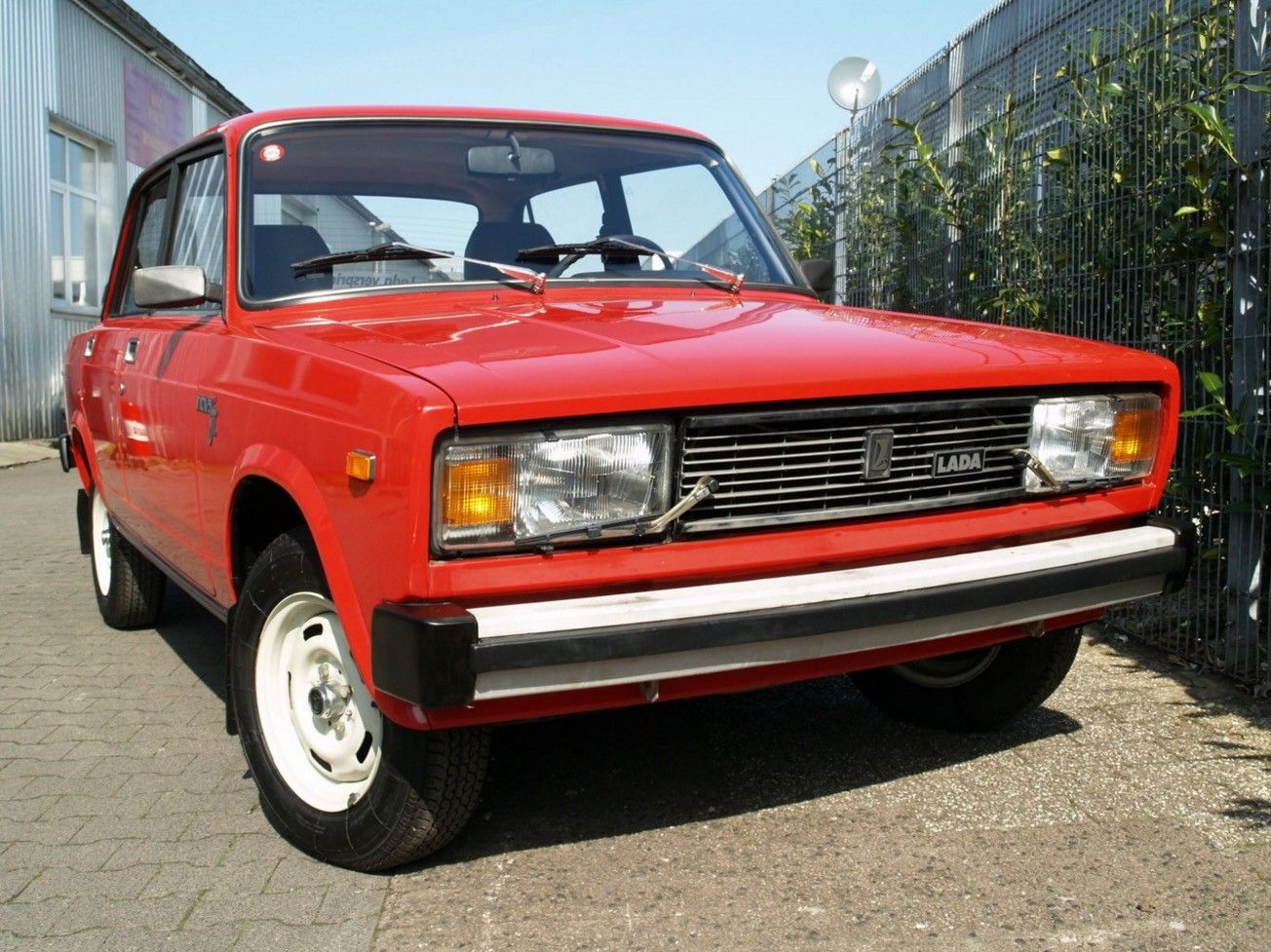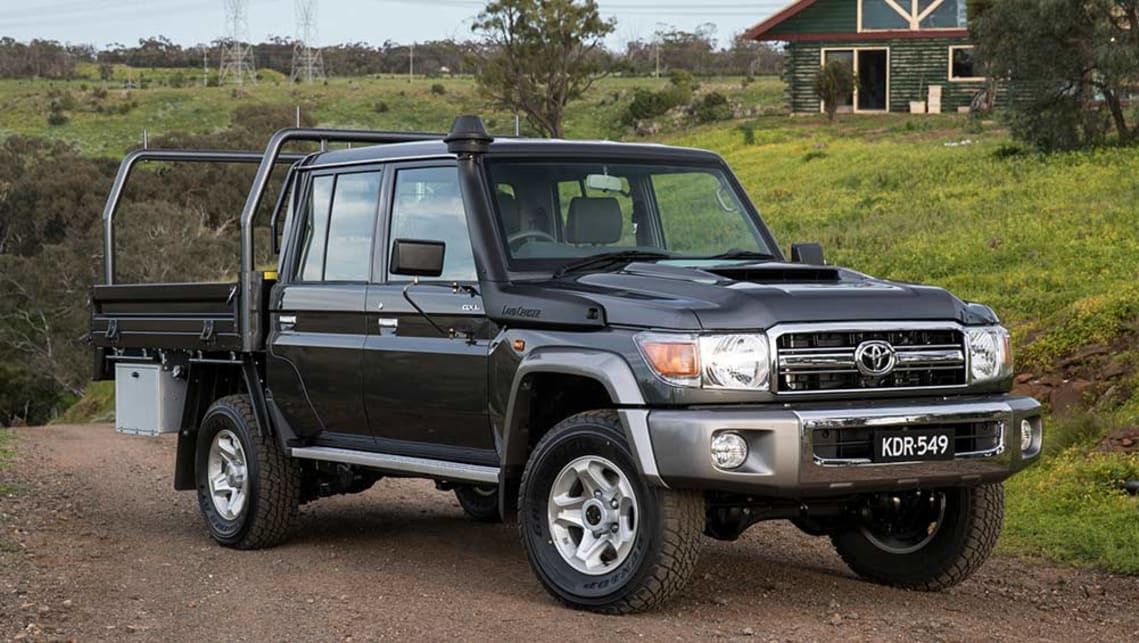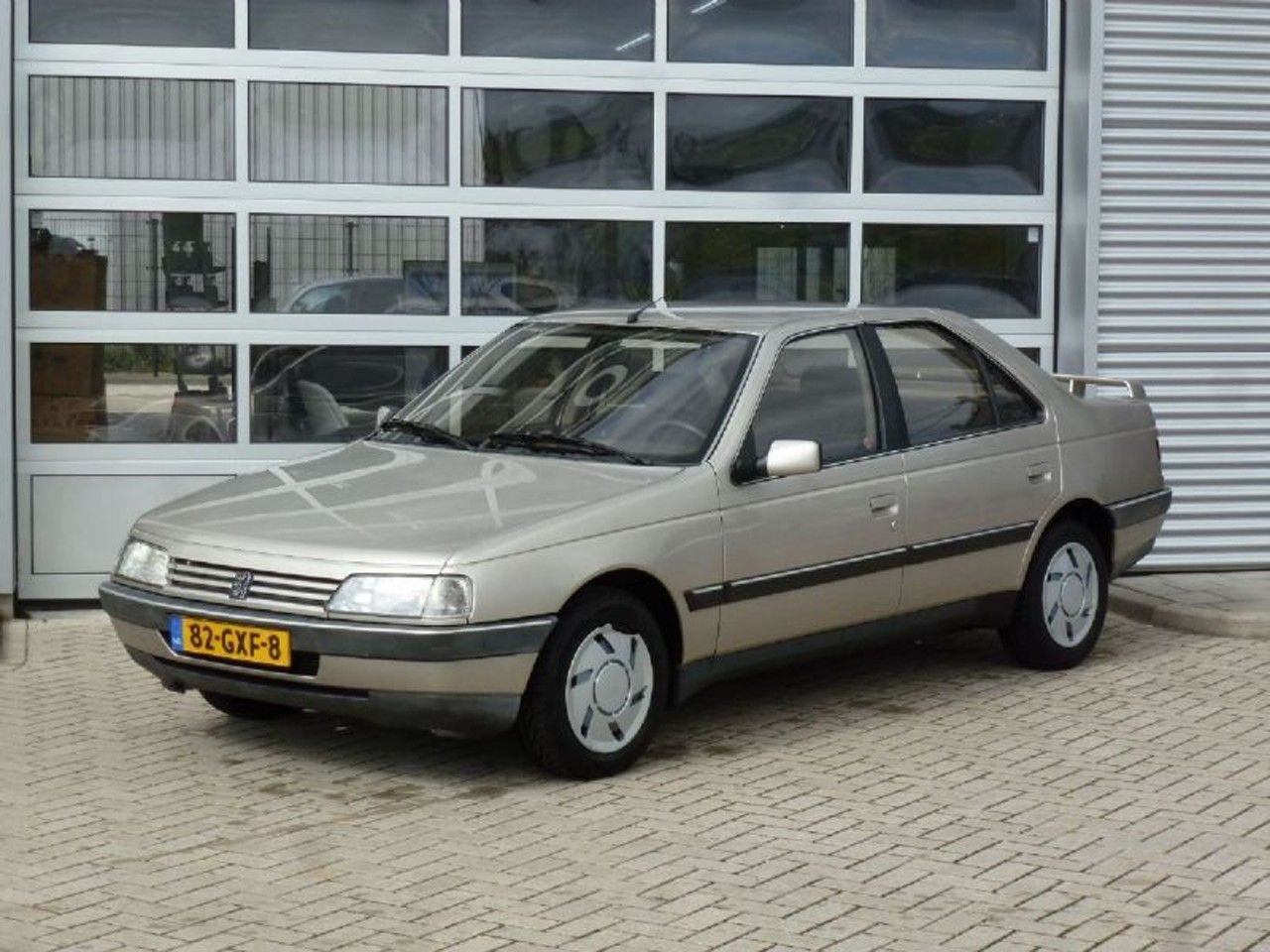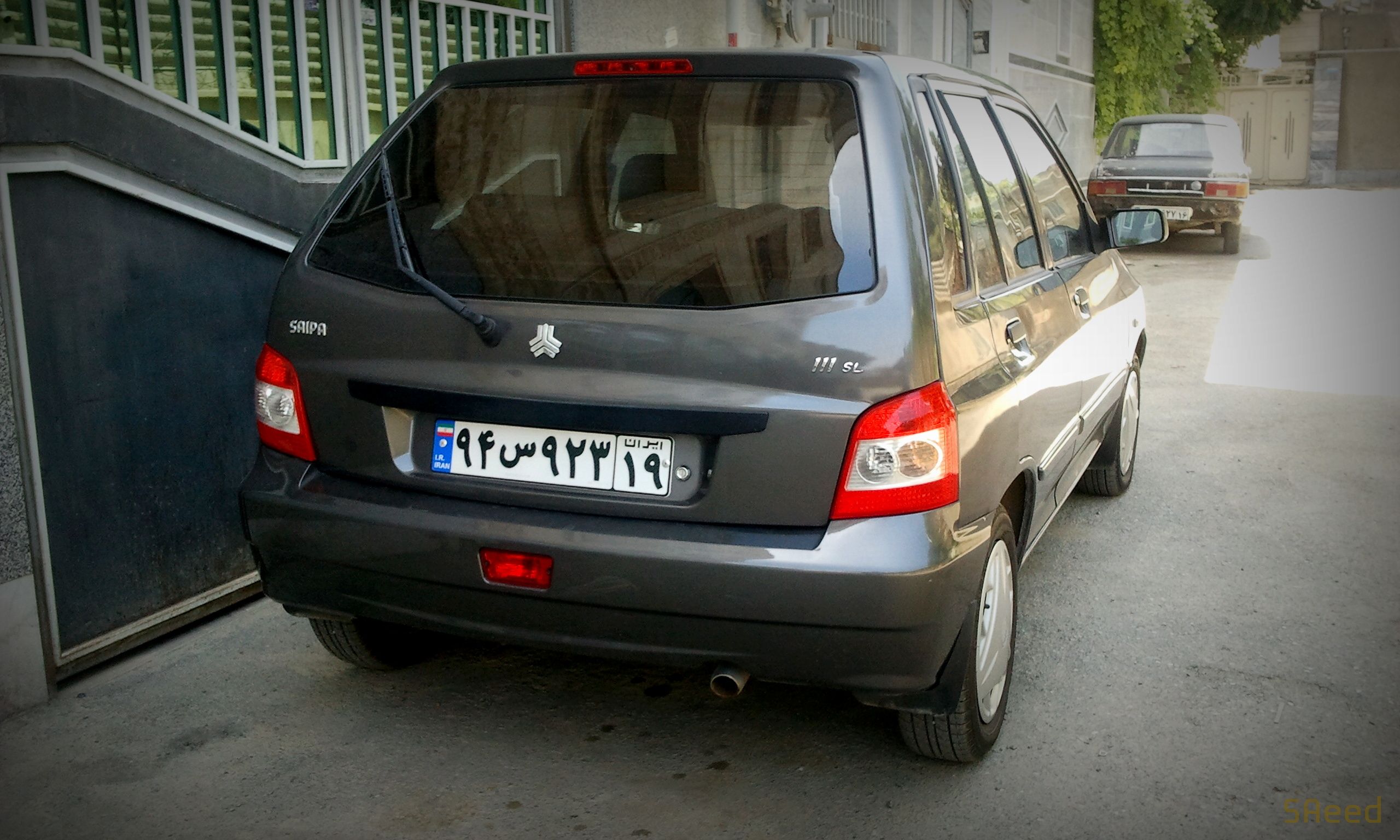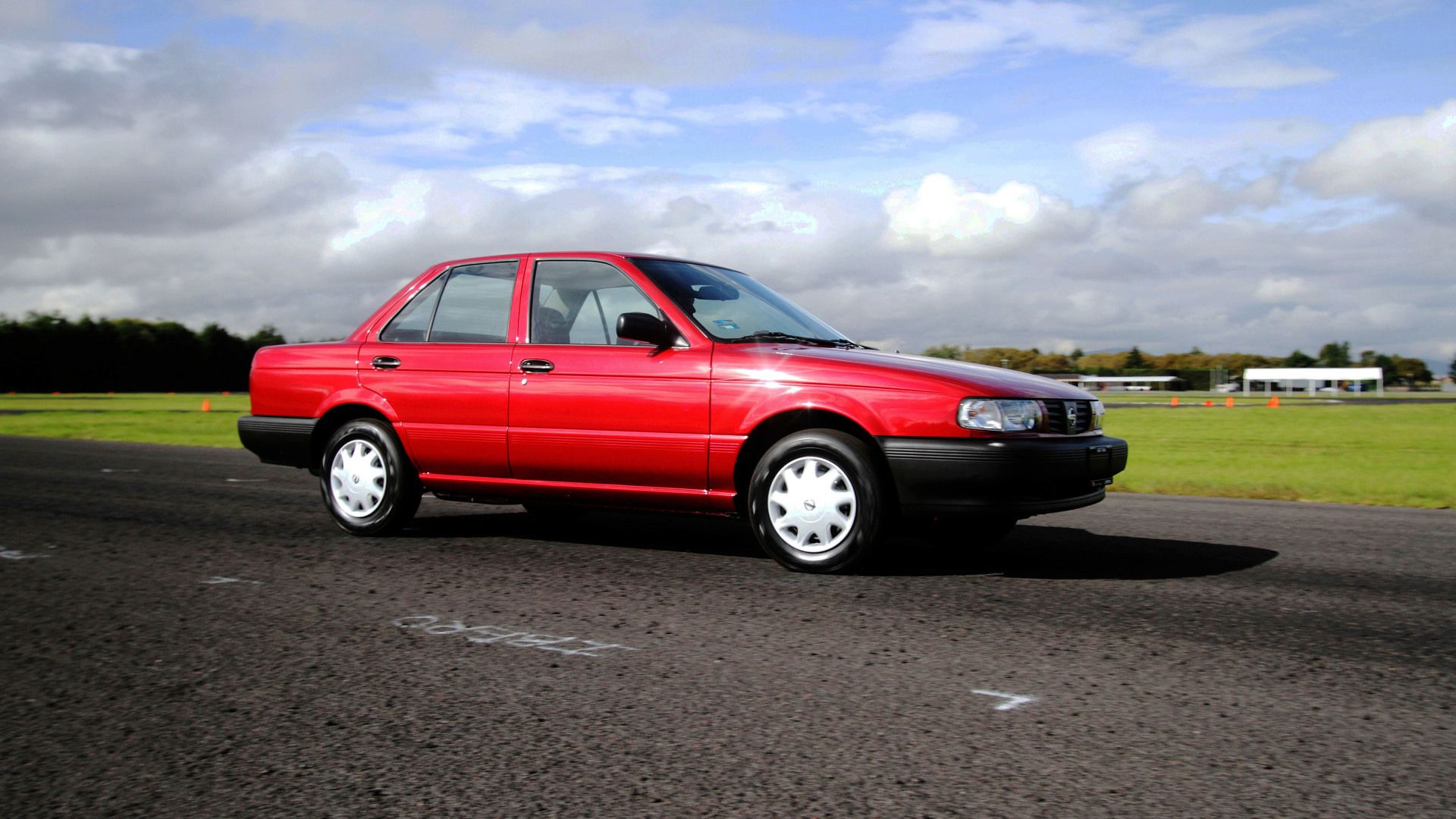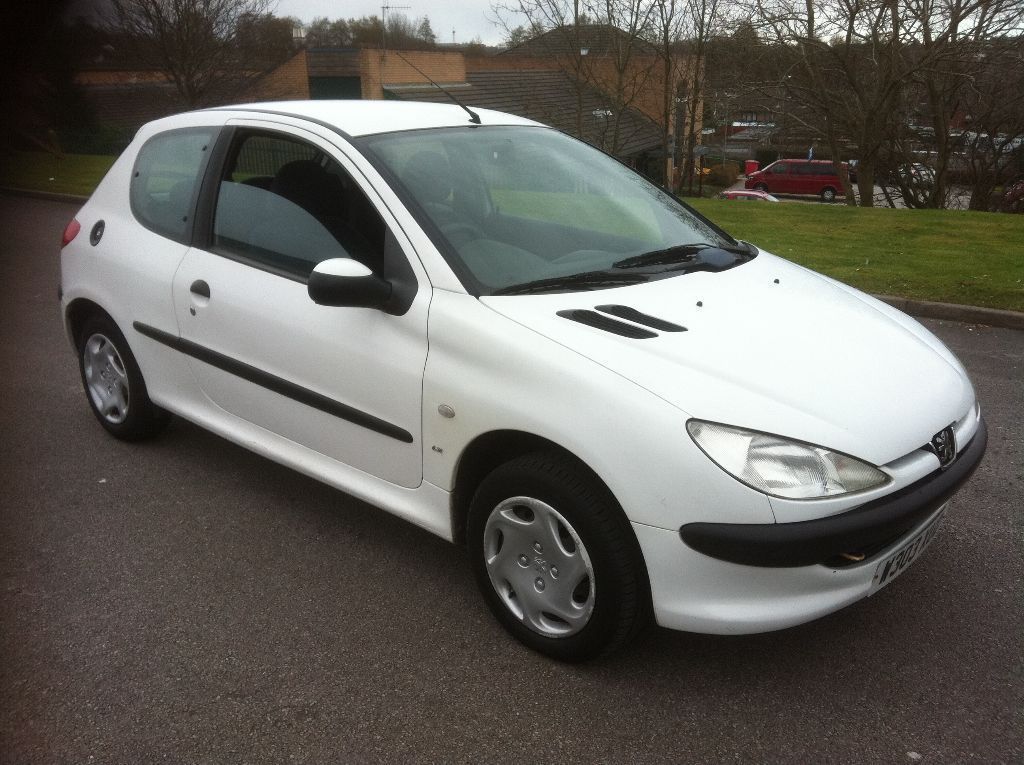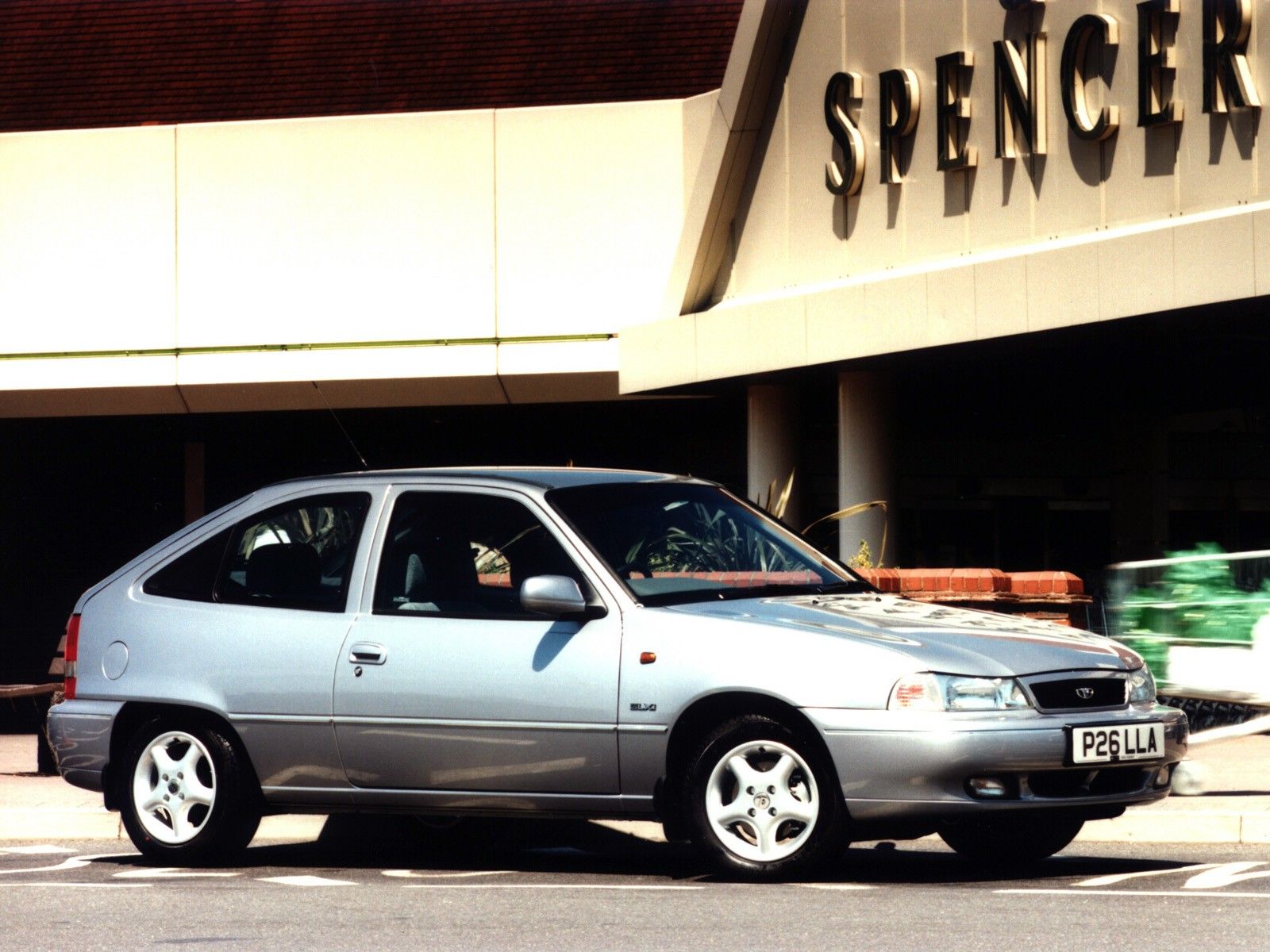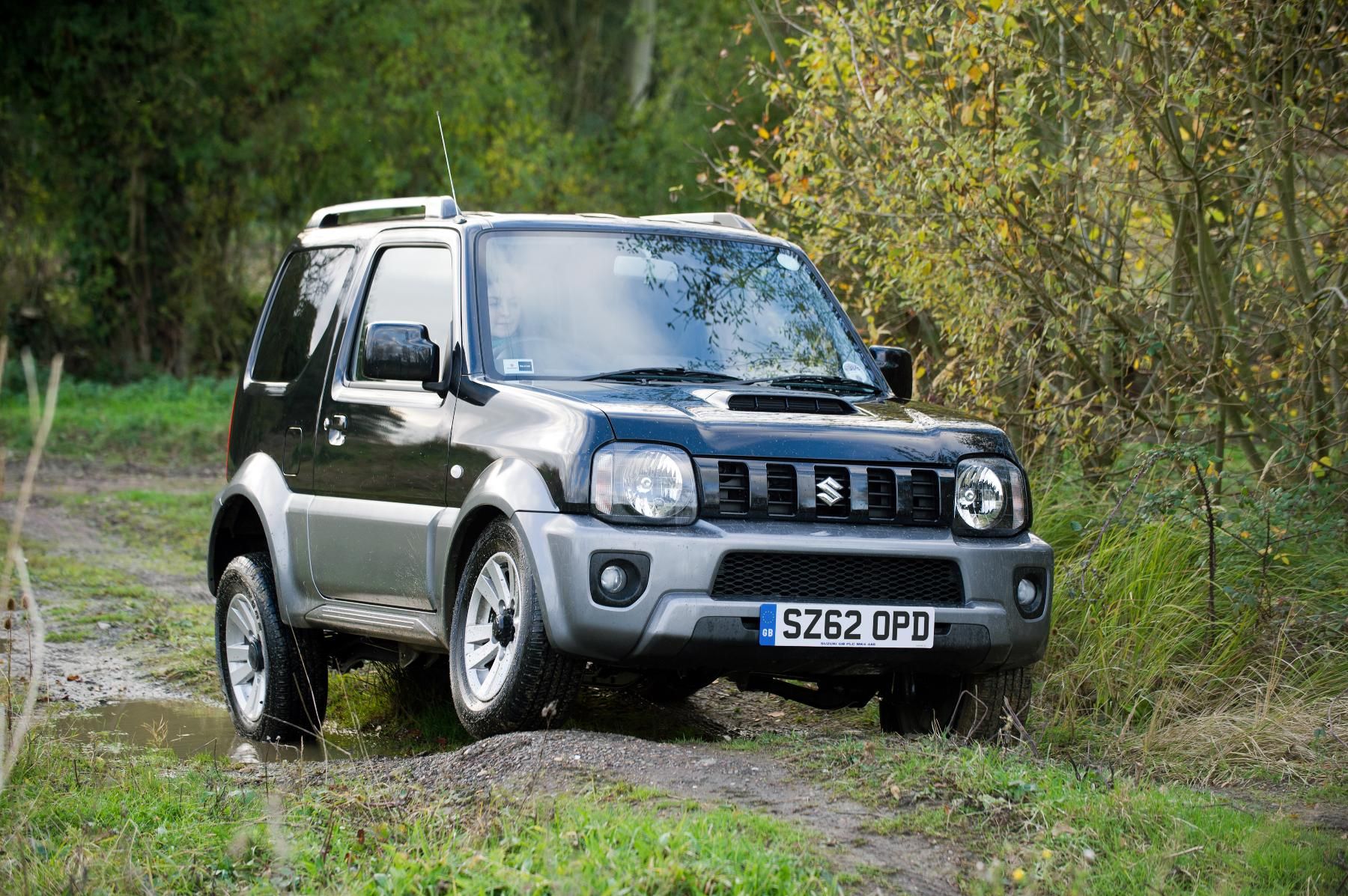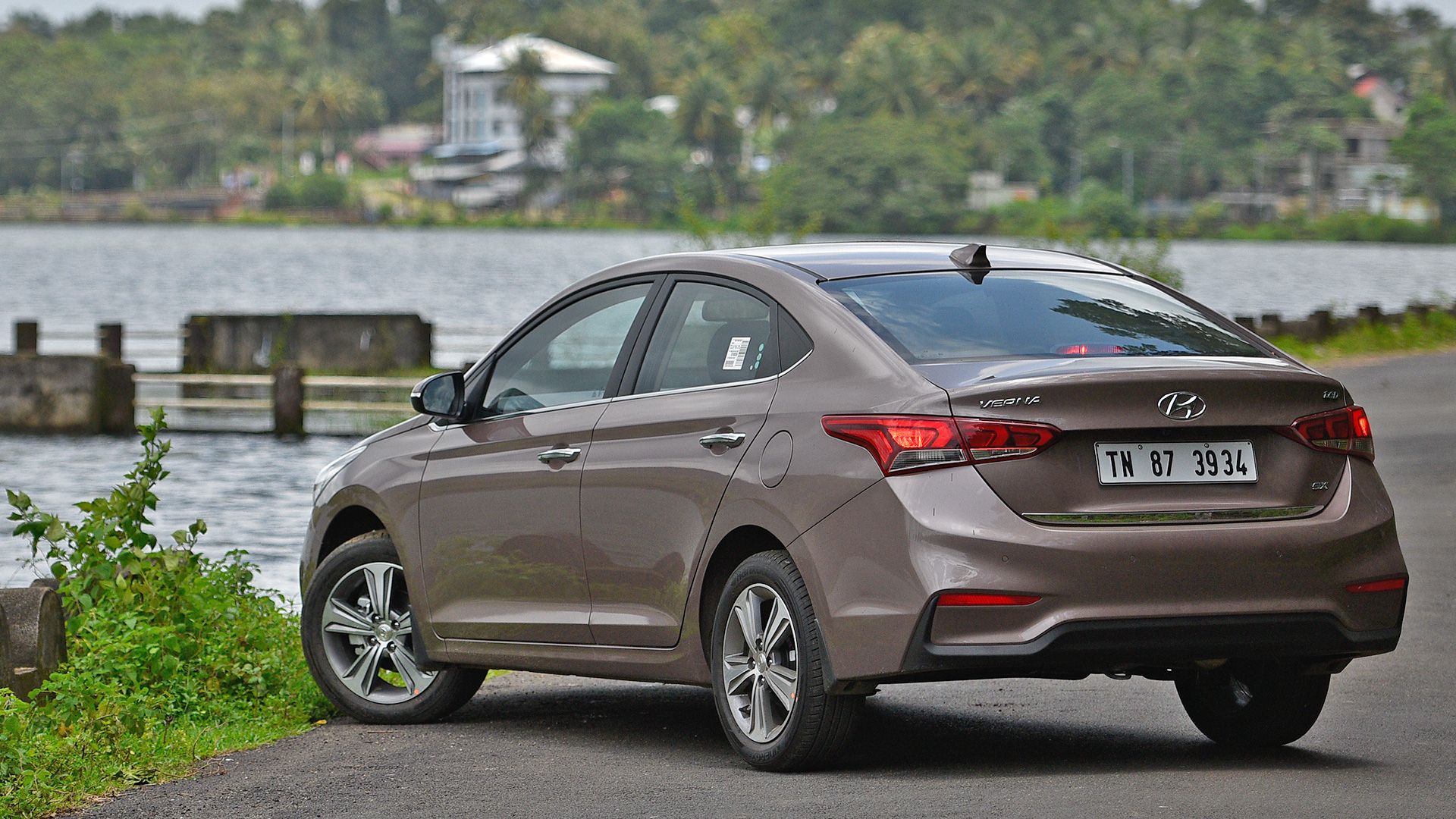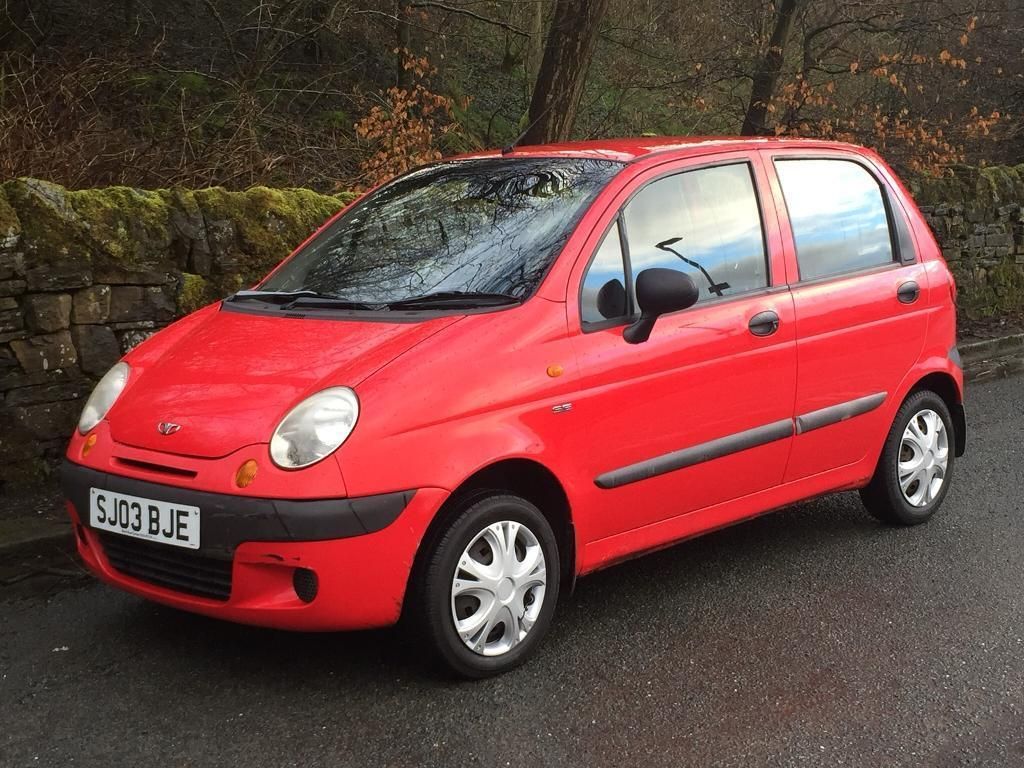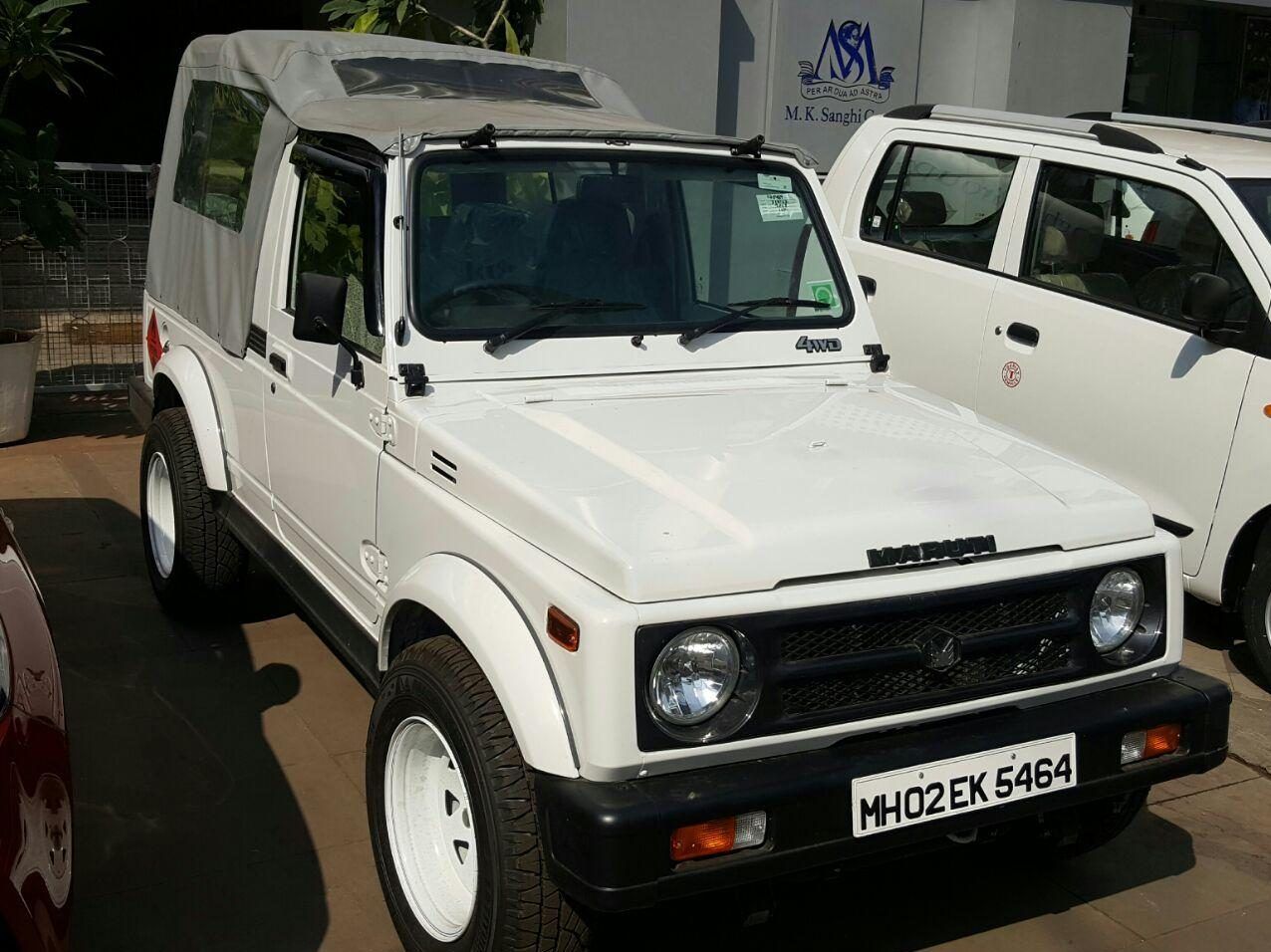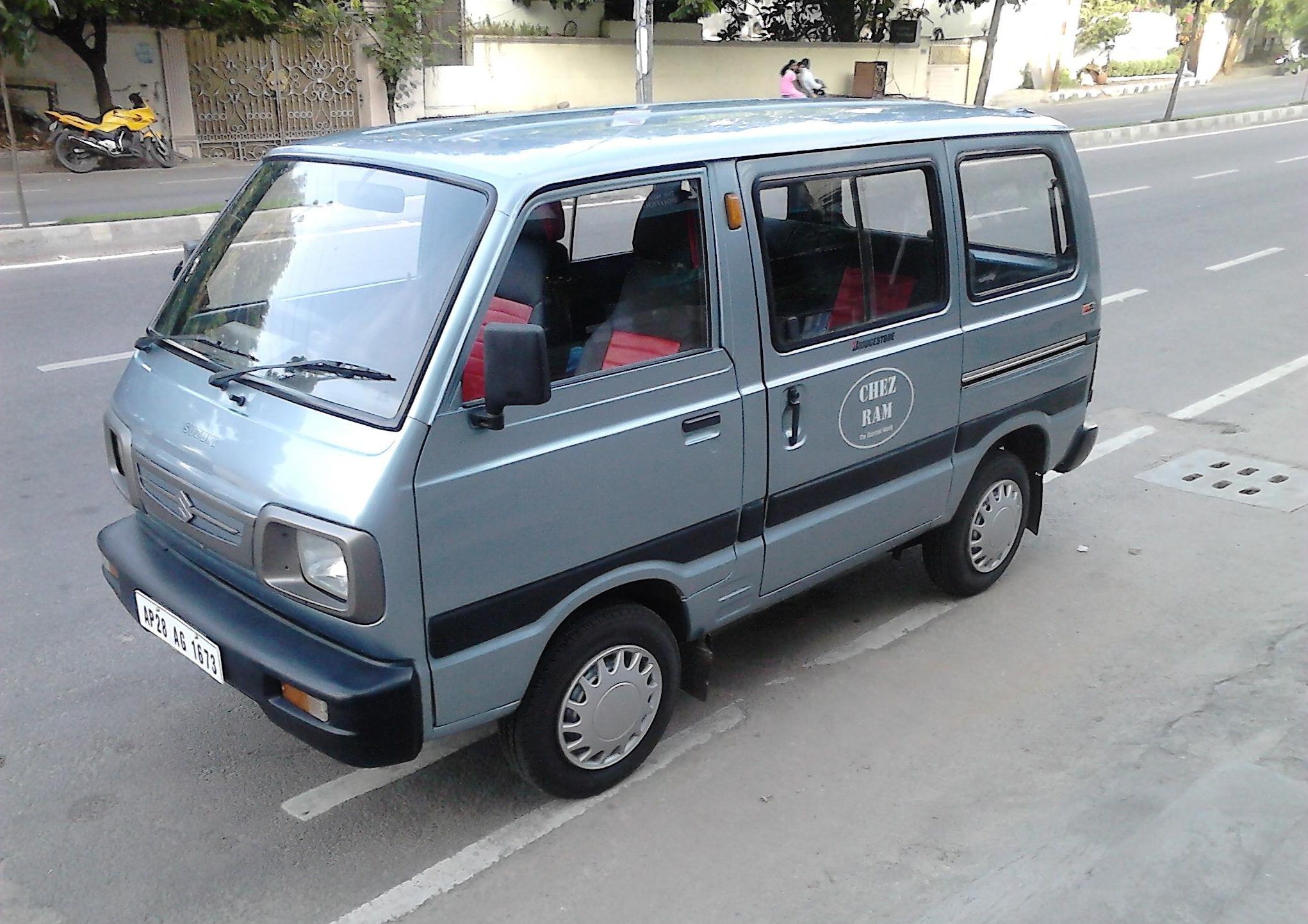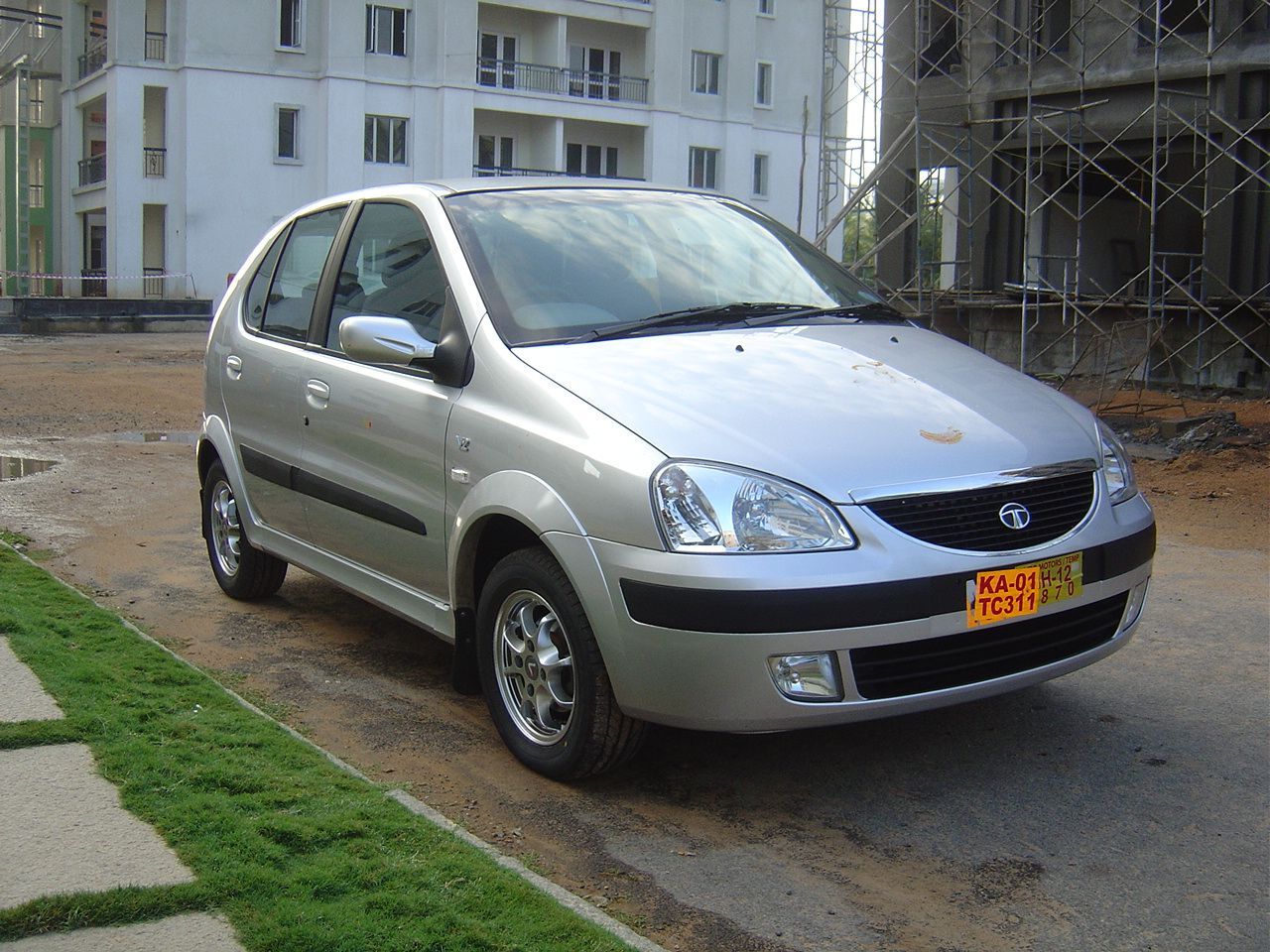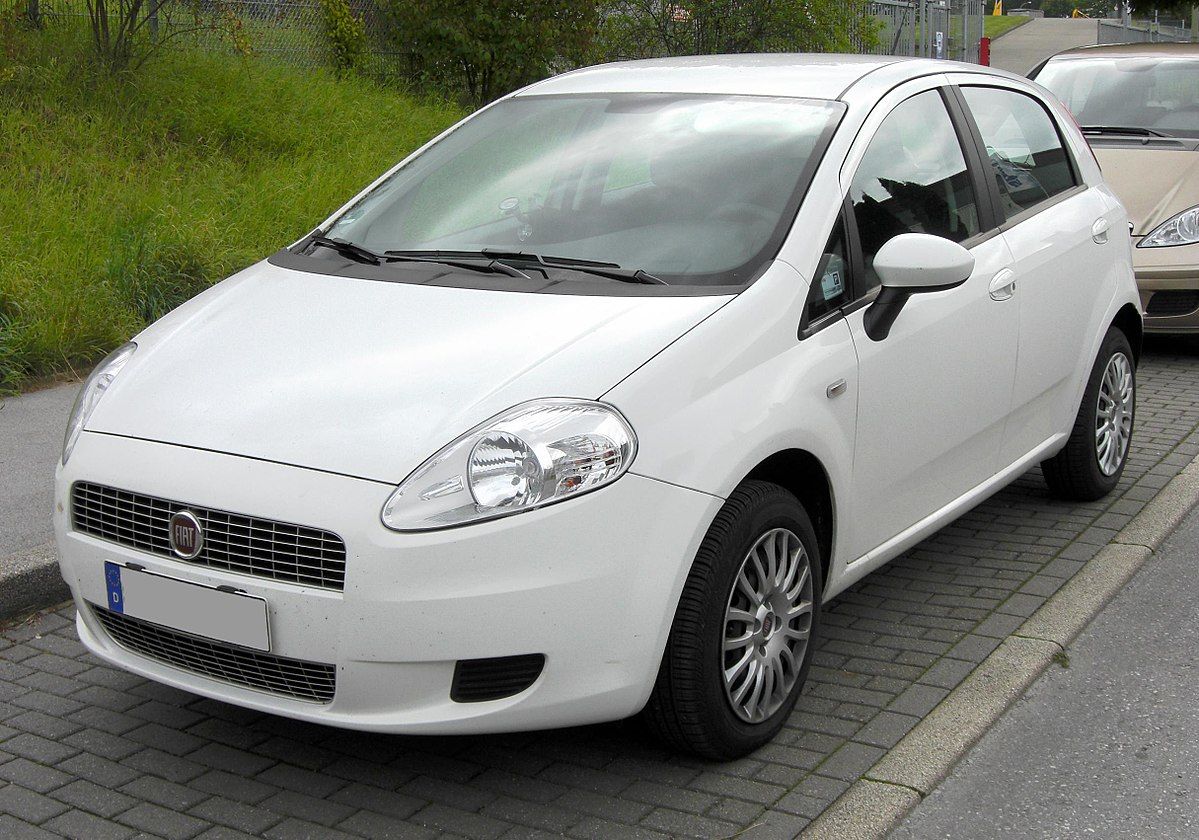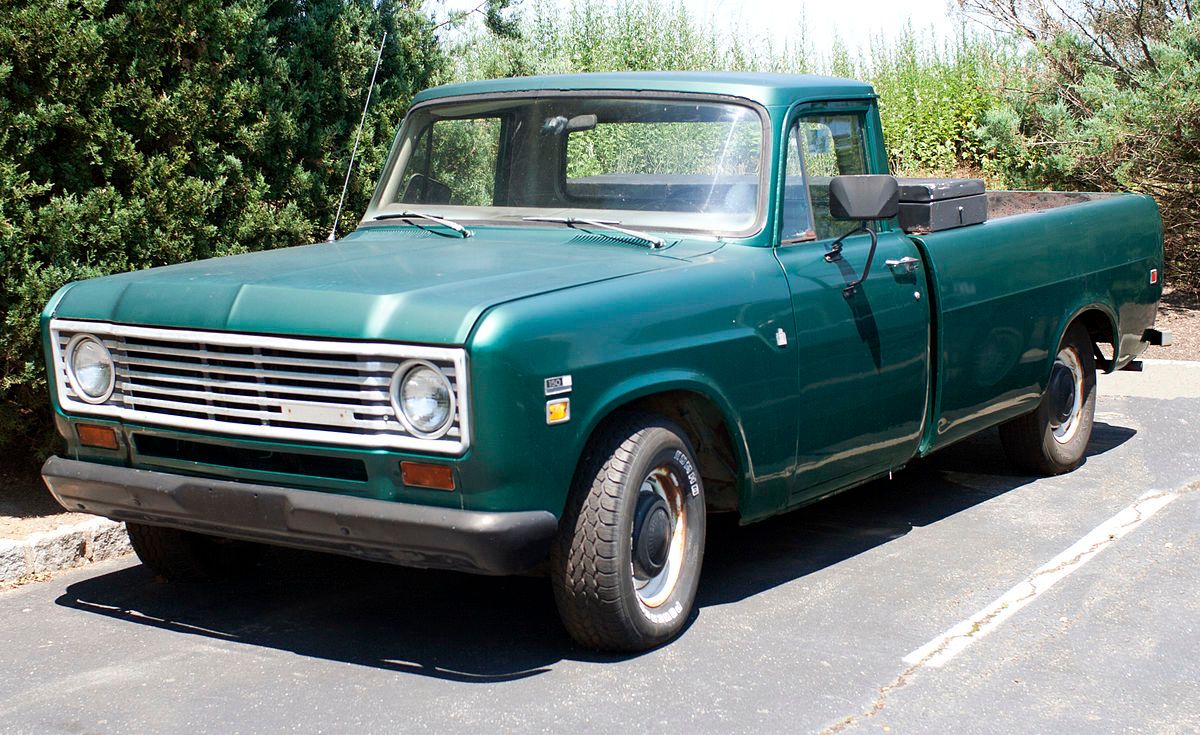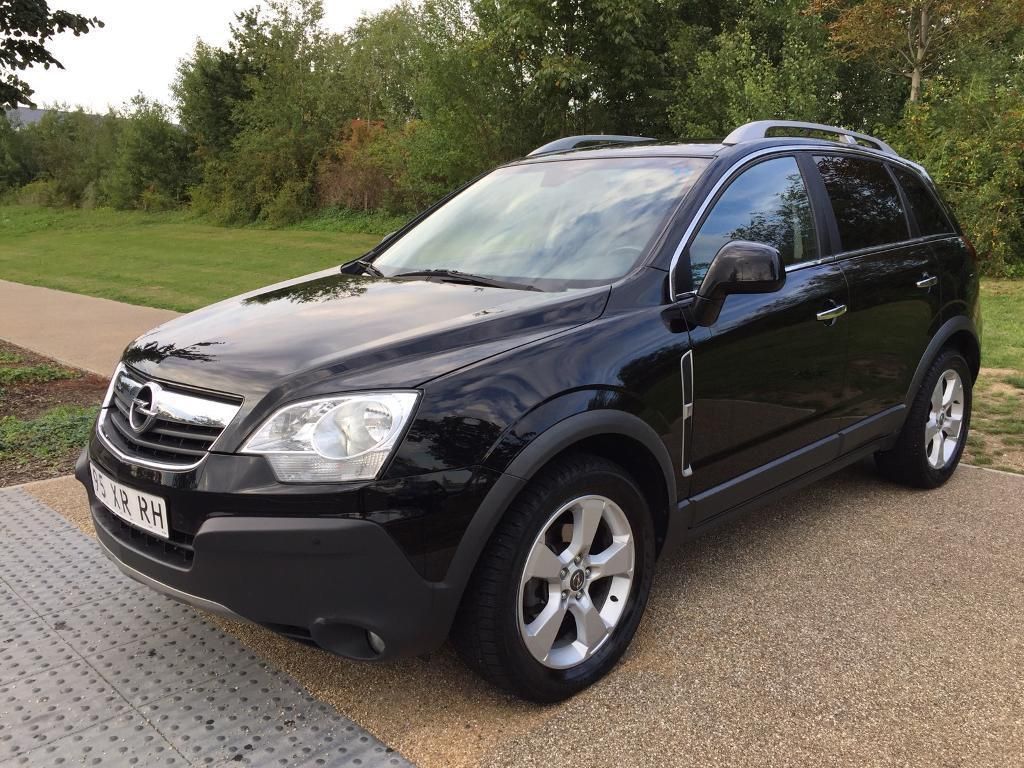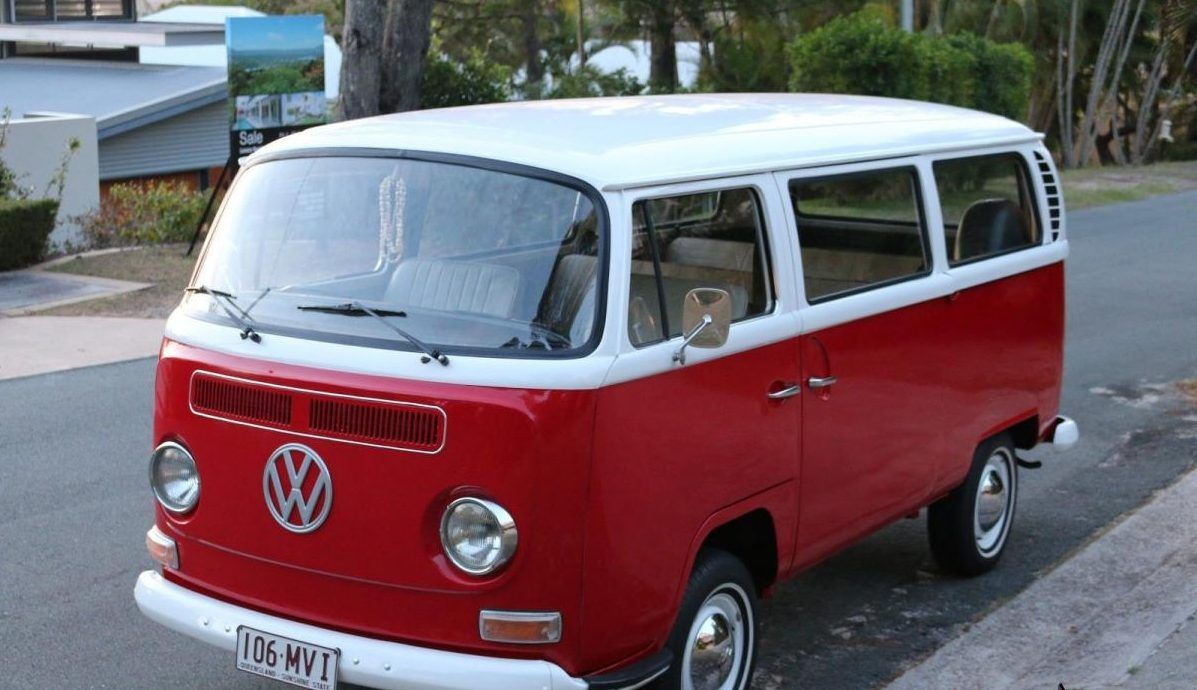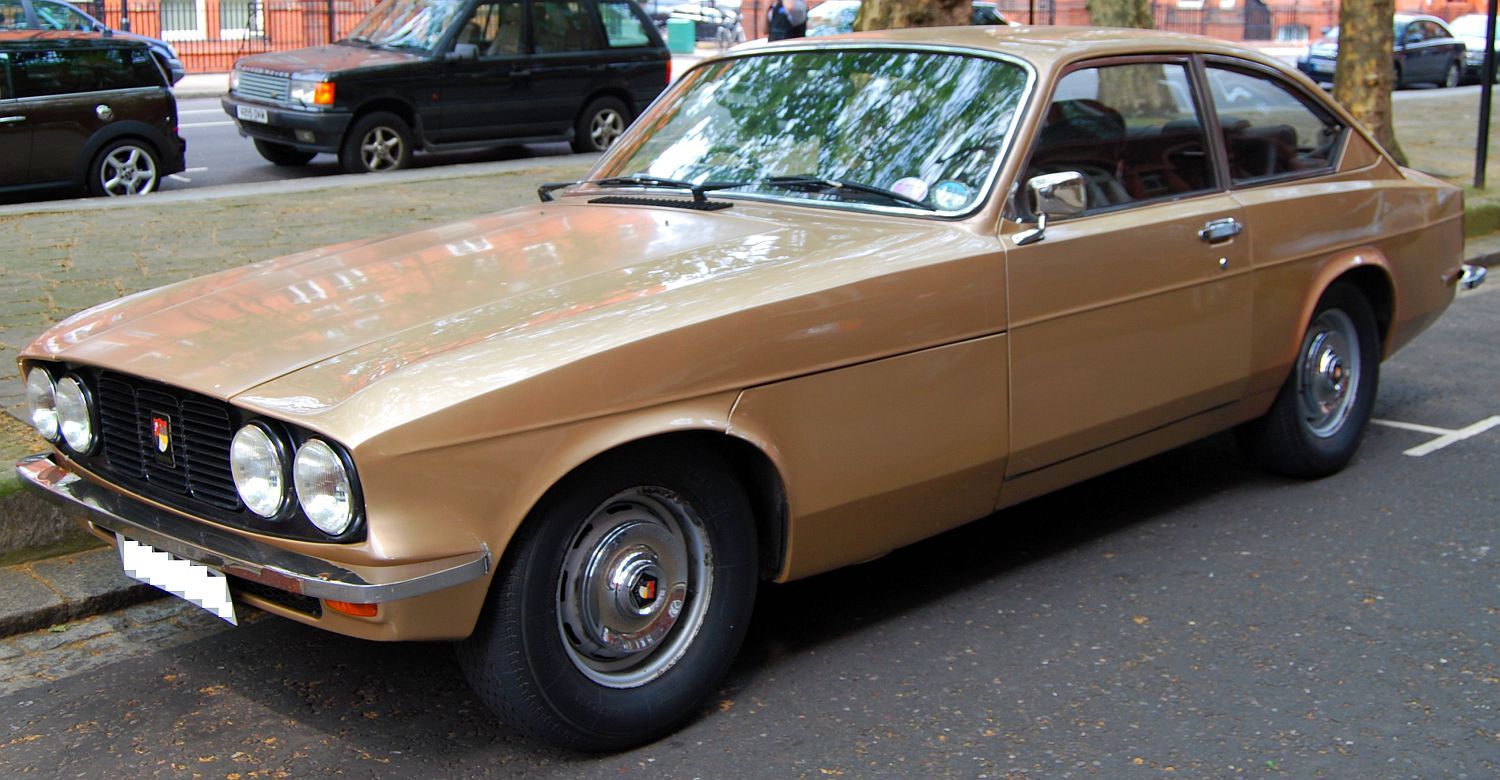Everybody loves a classic. A timeless movie, some fashion trend or a legendary song of yesteryear, there is some phenomenon which is just ingrained in our lives and gains a cult status, thus immortalized for eternity. Think back to the legendary movie Citizen Kane, which came out way back in 1941. Citizen Kane was such a noteworthy success that, unsurprisingly, it was not only voted the greatest movie of the year but it still has the consensus vote of being one of the best ever.
Cars are no different. Over the years, there have been so many models and products which not only had the technology and the aesthetics to give the impression of being the vehicle of the future but which still do not look out of place in contemporary times. An ideal example is the legendary McLaren F1, conceived way back in the mid-90s. The F1 was not only voted the car of the year but it also held the record for the fastest production car for many years to come.
Similarly, there have been many models which lie on the opposite end of the scale. These models gained the approval from the general public but did not seem destined to enjoy the longevity that they ended up maintaining. In this article, we will look at 25 cars which are still among us despite exceeding their due date.
25 Caterham 7
With the current production model costing around $30,000, the Caterham 7 is a car that is still going strong despite being first conceived way back in 1973. The Caterham 7 is an extremely attractive option for buyers looking for a thrill on the racetrack.
This is based on the appeal of 7's super lightweight and responsive chassis, coupled with its lightning acceleration.
The entry-level variant of the 7 comes with a 3-cylinder turbocharged engine producing 80 horsepower. This is coupled with a 5-speed manual transmission and a road-tuned suspension. This gives the Seven a modest 0-60 miles per hour capability of just under 7 seconds.
24 Lada Niva
The Lada Niva was first introduced in the UK in 1979 and, after experiencing a sabbatical from 2000 to 2015, is still under production. The contemporary model comes fitted with a four-cylinder, 1.7-liter engine which meets the emission standards of Euro 5. The Niva was a model which provided its peak utility in off-road excursions. Weighing just 1210 kilos and having narrow tires with a differential lock, the Niva was ideal for those bumpy, mucky surfaces. The Niva is a relatively quiet car except for the whine that emanates from its gearbox. The engine insulation under the bonnet does a pretty good job in keeping the engine quiet.
23 Lada Riva
Not to be confused by Lada Niva, the Riva was first realized in the 1960s and made its way to the UK in 1984. Although the Riva was criticized for its terrible styling and pretty poor build quality, they were fundamentally quite reliable and extremely easy to work on.
The sales of the Riva hit the cliff in the mid-90s, but it was primarily due to EU emission requirements which essentially booted the Riva off the UK market in July of 1997.
The Riva continued its production in a factory in Russia until 2012 when it was halted. Amazingly, the Riva is still produced in Egypt until this very day.
22 Toyota Land Cruiser 70
For a 4X4 introduced in 1984, the fact it is still in production speaks to the sheer versatility and brilliance of the Land Cruiser 70. However, the contemporary model still retains the old-school feel of the classic. There is still that keyed ignition system, windows must be operated with handles, and it features an extremely basic interior with no sign of any electronics. The outside of the Land Cruiser 70 may give the look and feel of a generously spacious vehicle but it becomes apparent how cramped it actually is once you step inside. The current model is powered by a V8 turbodiesel engine which delivers reliability and low-end strength.
21 Peugeot 405
The 405 is a production car from French automobile company Peugeot, which debuted in the July of 1987. Although the production of the 405 was halted in Europe a decade after its birth, it continues its production run in Iran.
The 405 came in left-hand as well as right-hand drives. It also featured two drivetrains, front-wheel drive as well as all-wheel drive.
The initial model came in four variants of petrol engines with power outputs varying from 64 to 158 horsepower. Turbocharged diesel engines were made available in 1988. The 405 was a very popular car in its time, finishing number eight for most units sold in Britain in 1992 and 1993.
20 Saipa 111
Initially starting out with manufacturing licensed versions of Renault vehicles such as the Renault 5 and 21, Saipa is currently the second biggest automobile manufacturer in Iran. One of its current products is the Saipa 111, which is basically a revised edition of the Ford Festiva and Kia Pride. With a starting price of $8,500, the Saipa is equipped with a 1.3-liter, four-cylinder engine giving it a power output of 69 horsepower. This is mated to a manual gearbox and a front-wheel-drive system. This gives the Saipa 111 a fuel economy of 100 miles per gallon. The 111 also has ABS capability.
19 Nissan Tsuru
Based on the Nissan Sentra of 1990, the Tsuru is one of the most important cars that few have heard of. The Tsuru attained high popularity in Mexico, in fact, and it was rated as the most popular car there in 1997 and kept the trend alive all the way until 2011.
A major reason for its popularity was due to it being pretty inexpensive.
A Tsuru is available for a paltry $9,000 in Mexico. The Tsuru may not be the most powerful machine—its power output is a mere 83 horsepower—but this is more than made up for the fact that it weighs only 2,140 pounds.
18 Peugeot 206
The 206 is supermini car from Peugeot which began its production run in 1998 and continues till today. The original model of the 206 came in three variants of petrol engines with displacements of 1.1, 1.4 and 1.6 liters, as well as a 1.9-liter variant of the diesel engine. An updated 2-liter engine was introduced in 1999 which powered the 206 to a top speed of 130 miles per hour. Four years later, a tuned variant of this engine was released which raised the top speed to 137 miles per hour and allowed a 0-60 miles per hour time of 7.4 seconds.
17 Daewoo Nexia
Daewoo introduced the Nexia, which was inspired by Vauxhall Astra, in 1995. It was a result of a collaboration between General Motors and Uzbek state-owned UzAvtosanoat.
Although the Nexia was initially met with skepticism by the UK motoring press, it nonetheless experienced impressive sales owing to its trouble-free ownership experience.
The customers had the choice of either opting for a three- or five-door hatchback or a four-door saloon model. A 1.5-liter engine came standard on all the variants. The Nexia comes with a myriad of features such as power steering and ABS, while an automatic transmission system is standard on every model.
16 Suzuki Jimny
The Jimny started its production run in 1968 however, the current guise left factories for the first time in 1998. Since its inception, Suzuki has sold 2.85 million units of the Jimny, justifying why it continues production to this very day. The Jimny is not a car you can consider large. It's intended to be used as a four-seater but that still makes for a slightly cramped situation, with legroom barely reaching 85 liters. The interior has nothing extravagant about it, though it does feature a 7-inch touchscreen. With a length of just 3.6 meters, the Jimny is only available as a three-door car.
15 Hyundai Verna
Introduced back in 1999, the Verna is a rebadged Hyundai Accent sold in Egypt. The Verna is a car high on features, such as ventilated seats and projector fog lamps. It is available in three engine variants: a 1.4-liter petrol engine with a power output of 98 horsepower, a 1.6-liter petrol engine with an output of 122 horsepower, and a 1.6-liter diesel engine cranking out 126 horsepower. This gives the Verna a fuel economy in the range of 10 to 17 kilometers per liter. The 1.4-liter version only comes with a manual transmission while the 1.6 variants also have a 6-speed automatic transmission as an option.
14 Daewoo Matiz
The Matiz was a product of Daewoo made available for sale in 1998. The Matiz was actually intended to be the design of FIAT's new Cinquecento, however, after being rejected by FIAT, Daewoo undertook its production.
The first generation of Matiz came with only one variant of the engine: a three-cylinder 0.8-liter engine which produced 51 horsepower.
A four-cylinder, 1.0-liter variant was made available for limited markets in 2001. The Matiz had a front-wheel drive system coupled to a manual 5-speed transmission. This gave the Matiz a top speed of 89.5 miles per hour and a fuel economy of 28.3 miles per gallon for city driving.
13 Maruti Gypsy
Branded as the Samurai in the UK, the Maruti Gypsy is still under production in India despite the fact that it debuted in 1985. The primary motivation for the Gypsy was that it was intended for off-road excursions. The Gypsy came equipped with a four-cylinder, 1.0-liter engine which gave it output rated at 45 horsepower. This was mated to a four-speed gearbox and all-wheel drive. Although the Gypsy never enjoyed a high number of sales, it experienced high popularity with the Indian law enforcement. The Gypsy had only a soft top available at launch, however, a hardtop was soon made available.
12 Maruti Omni
The Maruti Omni is one of the most popular cars in India a first began its production run in 1985. This popularity is reflected in the fact that the Omni has sold well over 15 million units in India.
The Omni features a 0.8-liter engine which is coupled to a four-speed manual transmission.
This gives the Omni a peak output of 34 horsepower and a top speed of over 73 miles per hour and a fuel economy of 9.8 miles per liter. With a curb weight of only 800 kilos, the Omni is an eight-seater with a boot space of 525 liters.
11 Tata Indica
The Indica is a supermini car which was unveiled to the public in January 1998 at the Auto Expo held at the Telco pavilion in India. The Indica had been in the works for several years, its details shrouded in a strange mix of secrecy and hype. The Indica was met with thunderous applause upon finally being revealed to the public. It possessed the quintessential look and feel of a family car. It gained such popularity and fame in India thanks to the expressed purpose of a car which the everyday buyer wanted and could potentially afford. The Indica came with a 1.4-liter engine which produced 69 horsepower and gave a fuel economy of 16 miles per liter.
10 Fiat Punto
The Punto is a supermini car manufactured by Fiat since 1993. It received a makeover in 2005, and the model is still under production to this very day.
In terms of age, the Punto may not be as old as other entries here, however, crash test results would suggest that its high time this diminutive vehicle was put out to pastures.
In December of 2017, the Punto received the unenviable honor of being the first car to receive a zero rating from Euro NCAP. Despite this, the Punto has had quite favorable sales success, selling over 9 million units since its inception.
9 Zamyad Z24
The Z24 is a rebranded Nissan Junior 140, which enjoyed its initial production cycle from 1970 to 1982. Zamyad, a car manufacturer in Iran, continued the production of the 140 from then onwards. It still remains popular there and is referred to as a "strong little monster" by its manufacturers. The Nissan Junior 140 initially came in two engine variants: a 1.6-liter engine producing 60 horsepower and a 2.0-liter engine producing 100 horsepower. Both engines were based on a four-cylinder configuration. When production was handed over to the Zamyad group, they introduced a 2.8-liter, turbocharged diesel variant for the Z24. This engine was capable of delivering 93 horsepower, propelling the Z24 to a top speed of 100 miles per hour.
8 Opel Antara
The Antara is a crossover developed and manufactured by Opel and based on the Antara GTC concept from 2006. The Antara is often maligned and referred to as one of the poorest jobs done by Opel, mostly criticized for its subpar looks and low ratings on reliability surveys.
Although the Antara does an admirable job in navigating rough, beaten up parts, it is let down by an extremely cramped interior.
The Antara has an unusually small trunk and the cabin gives the aura of utter cheapness. The Antara is powered by two variations of 2.2-liter, turbocharged diesel engines delivering 163 and 184 horsepower, respectively.
7 Volkswagen Kombi
The Volkswagen Kombi type, also referred to as Camper in the UK, is a panel van unveiled by German manufacturers Volkswagen in the year 1950. The Kombi received many nicknames during its initial years such as the "microbus" or the “minibus” however, its most popular nickname was the “Hippie bus.” The Kombi gained such popularity that it had numerous production plants spread all over the world which assembled and manufactured the Kombi from 1950 to 1979. Thereafter, the Kombi was produced solely in Brazil, where the last manufacturing plant remains producing the original incarnation of the legendary type 2 version of the Kombi.
6 Bristol Type 603
The Blenheim Type 603 is a sport-luxury vehicle from UK based manufacturer, Bristol Cars, which started its production run in 1976. The initial model of the 603 came in two variants, primarily due to the energy crisis worldwide which had raised the fuel prices.
Both the variants were a 5.9-liter V8 engine based on the Chrysler, which afforded the 603 with a fuel economy of 100 kilometers per 13 liters.
Bristol introduced a new variant of the engine in 1982, which was a revised version of its original version. This propelled the Blenheim to a top speed of 241 kilometers per hour. An automatic transmission came standard with all variants of the car.

